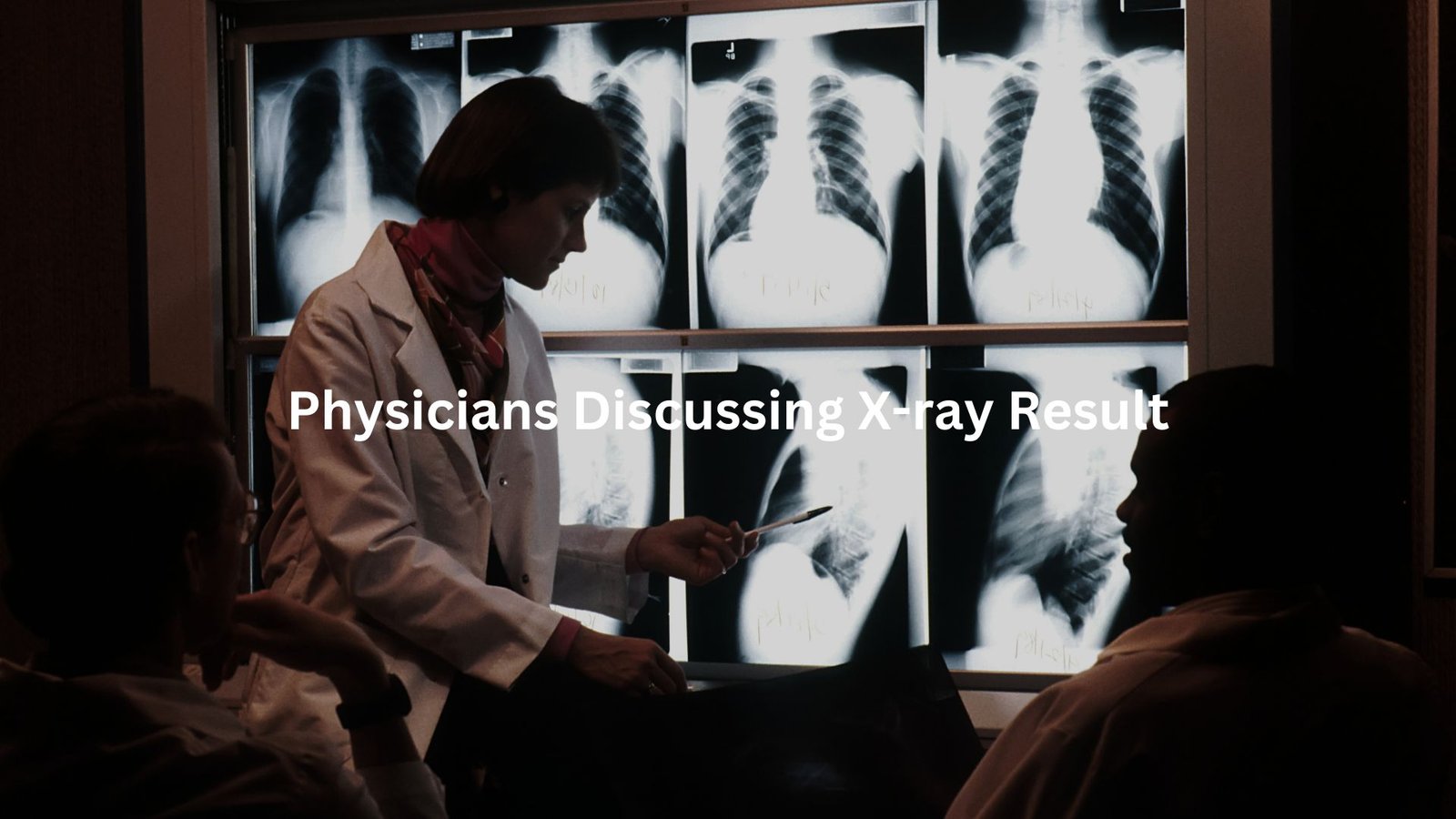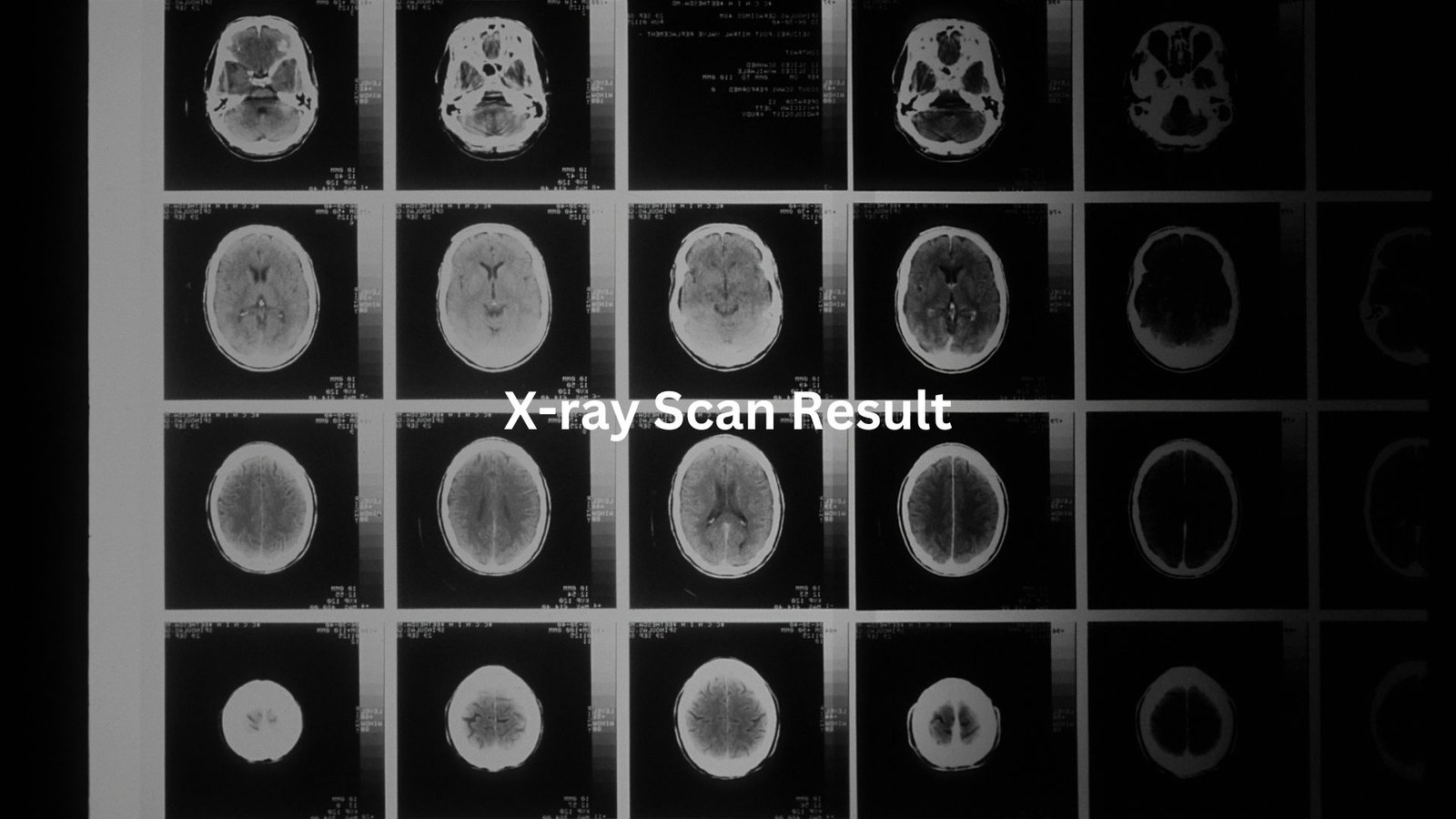Learn about the risks of fluoroscopy, including radiation exposure, skin burns, and cancer risks, so you can stay safe during medical procedures.
Fluoroscopy is a fancy medical tool that helps doctors see inside our bodies. It uses X-rays, which is cool, but it also has some risks that people should know about. Radiation exposure is the big one. It can be scary to think about, but understanding these risks can help keep patients safe. It’s super important to talk about the dangers and how to be safe during these tests. Keep reading!
Key Takeaway
- Fluoroscopy can cause skin burns and tissue damage from radiation.
- There’s a small risk of cancer from repeated exposures to radiation.
- Using safety measures, like lead shields, can help reduce these risks.
Risks of Fluoroscopy
1. Skin and Tissue Injuries
Long fluoroscopy procedures can sometimes lead to skin and tissue damage. Radiation exposure is the cause, and symptoms like redness (erythema) can appear soon after the procedure. In more extreme cases, it could lead to necrosis—where skin tissue dies. That sounds terrifying, but it’s rare.
One patient shared that after a lengthy spinal imaging session, their skin felt tender for days. Burns can show up right away or take weeks to appear. Doctors often use continuous imaging but minimise exposure time to prevent damage. Quick, efficient use of the fluoroscope makes all the difference.
2. Cancer Risk
Fluoroscopy uses higher doses of X-ray technology than standard X-rays. That means there’s a chance (though small) that repeated or prolonged exposure could increase the risk of developing cancer later in life. This cumulative effect depends on how many fluoroscopic procedures a person undergoes.
Most doctors follow strict safety protocols to reduce radiation exposure. For example, real-time imaging is typically used only when necessary. Wearing protective shielding, like lead aprons, is also routine to help keep patients and medical staff safer. Cancer risk isn’t eliminated, but it’s carefully managed.
3. Long-Term Effects
Long-term radiation exposure may cause problems like cataracts. That’s when the lens of the eye becomes cloudy. Patients aren’t usually at risk from one or two tests, but doctors who perform interventional procedures often are. They’re regularly exposed to radiation over many years.
Some interventional radiologists worry about links between fluoroscopy use and brain cancer. While research continues, many hospitals now track exposure levels for their staff to ensure they’re staying within safe limits. Monitoring radiation is critical for both patients and medical professionals alike.

4. Allergic Reactions to Contrast Agents
Contrast agents (dyes used in fluoroscopy) can help highlight soft tissues and show how organs work. But they’re not without risk. Some patients have mild reactions like itching or hives, while others might experience swelling or, in rare cases, severe anaphylaxis.
One woman mentioned that during her swallow study, she developed a rash after drinking a contrast solution. Doctors now routinely ask about allergies beforehand. If there’s a known allergy, alternative imaging techniques or low-allergy contrast agents may be used instead. Clear communication is key.
5. Fluoroscopy Risks for Children and High-Risk Groups
Pediatric fluoroscopy applications are especially delicate. Kids are more sensitive to radiation because their bodies are still growing. Minimising radiation exposure in children’s exams is critical for patient safety.
High-risk patients, such as those needing repeat gastrointestinal tract procedures or barium enemas, also require special attention. Using the lowest dose possible and keeping sessions short reduces potential harm. Advanced fluoroscopic techniques today make safer imaging a reality for many vulnerable patients. (1)
Mitigation Strategies
Credit: Avinger
1. Minimising Exposure
Radiation can’t be seen or felt, but it can harm. That’s why fluoroscopy experts have strategies to lower patient exposure without sacrificing diagnostic accuracy.
Lead shields are a classic. Most people have worn a lead apron during an X-ray, but in fluoroscopy, they’re even more essential. They protect parts of the body that don’t need radiation, especially vital areas like reproductive organs or the thyroid.
Next comes equipment. Newer fluoroscopy machines are built to use less radiation. Techniques like pulsed fluoroscopy (taking rapid images instead of a constant stream) help too. It’s smart and efficient.
Doctors also aim for speed. The faster they complete a procedure, the lower the exposure. But rushing isn’t the goal—precision is. A short, accurate procedure is safer than a long, repetitive one.
Patients can advocate for themselves too. Ask about safety protocols before any imaging session. It never hurts to double-check.
2. Occupational Safety for Providers
Fluoroscopy puts medical staff in the line of radiation as much as it does patients. Interventional radiologists, surgeons, and nurses are exposed regularly, so they need protection.
Lead aprons aren’t just for patients. They’re worn by everyone in the room. There are even lead collars for thyroid protection and leaded glasses to guard the eyes. When possible, providers also stand behind shields or barriers during procedures to minimise direct exposure.
Pregnant healthcare workers face extra risks. Radiation can harm a developing baby, so hospitals take precautions. Some adjust duties, while others implement stricter shielding protocols.
One long-time nurse shared that her hospital now tracks everyone’s radiation exposure through a badge worn during procedures. These “radiation badges” measure cumulative doses to make sure no one is overexposed.
Healthcare safety matters. The best hospitals don’t just care for patients—they protect their staff too. (2)
FAQ
What are the most common fluoroscopy risks?
Fluoroscopy risks include radiation exposure, which can lead to skin burns, tissue damage, and even radiation-induced injuries like radiodermatitis. Cumulative radiation effects are also a concern, especially with repeated testing exposure. Long-term health effects such as cataract development and cancer risk are possible after prolonged or high-dose exposure.
Fluoroscopy procedures using ionising radiation can also pose occupational hazards in radiology for healthcare operators. To reduce risks, healthcare providers follow strict safety protocols and radiation safety guidelines.
How can radiation exposure be minimised during fluoroscopy procedures?
Minimising unnecessary exposure is essential for patient safety. Radiation protection practices include using lead shielding (like aprons and thyroid guards) to protect sensitive body parts. Pulsed fluoroscopy benefits patients by reducing overall radiation doses without sacrificing image quality. Radiation dose monitoring tracks the cumulative dose, while equipment performance deficiencies are fixed to ensure safer use.
Physicians bear the responsibility of following safety protocols, using high-dose radiation mode only when necessary, and educating patients about risks through informed consent for procedures.
Are healthcare workers at risk from repeated fluoroscopy use?
Healthcare workers, especially those in interventional radiology, face occupational exposure from chronic low-level exposure effects. Occupational hazards in radiology can include brain cancer risk, cataract development, and hand necrosis from repeated exposure. Radiation arthritis is also a risk for operators frequently exposed to ionising radiation.
Safety protocols for fluoroscopy operators include wearing lead shielding, using eye protection from radiation, and ensuring proper training for safe fluoroscopy practices. Dosimetry recommendations help monitor cumulative dose and minimise health risks for operators over time.
How do contrast agents impact fluoroscopy safety?
Contrast agent reactions are another risk during fluoroscopy procedures. These agents help with diagnostic imaging by highlighting structures, but some patients may experience allergic reactions, ranging from mild itching to severe swelling. Contrast agents can also increase radiation exposure since longer imaging times are often needed.
Physicians must communicate these risks clearly and consider patient education on risks to ensure informed consent for procedures. Monitoring cumulative dose and following radiation safety guidelines help reduce potential complications.
How are fluoroscopy risks managed for pregnant patients and children?
Fetal radiation exposure is a major concern for pregnant patients undergoing fluoroscopy. The radiation can pose developmental risks, so strict regulatory standards for fluoroscopy are followed. Physicians often avoid or delay fluoroscopy unless the benefits outweigh the risks. Paediatric radiation exposure risks are also higher since children’s tissues are more sensitive to ionising radiation.
Fluoroscopy advancements, like improved imaging technology safety, and quality assurance in radiology help minimise unnecessary exposure. Risk-benefit analysis in imaging guides safer decisions for vulnerable patients.
What are the long-term health effects of repeated fluoroscopy exposure?
Repeated fluoroscopy exposure can lead to cumulative radiation effects, increasing the risk of long-term health issues. Cataract development is a common concern, as radiation exposure can cloud the eye’s lens over time. Chronic low-level exposure effects may also contribute to radiation arthritis or even cancer risk, depending on the dose and duration of exposure.
Longitudinal studies on radiation effects help healthcare providers assess these risks and follow dosimetry recommendations. Physicians must also monitor patients’ cumulative doses to minimise unnecessary exposure and ensure radiation safety guidelines are followed.
How does fluoroscopy impact mental health due to radiation fears?
The psychological impact of radiation fears can be significant for patients, especially those undergoing frequent fluoroscopy procedures. Some may worry about cancer risk or other long-term health implications of fluoroscopy. Clear risk communication in healthcare can help ease these fears.
Physicians must provide transparent, honest information during informed consent for procedures. Patient education on risks, paired with reassurance about minimising unnecessary exposure and following strict safety protocols, is crucial for improving patient comfort and confidence in diagnostic imaging decisions.
Conclusion
In wrapping up, fluoroscopy is a valuable tool for doctors to see inside our bodies and help with health problems. But there are risks, like skin burns and cancer, that everyone should know about. By using safety measures like lead shields and being careful, both patients and healthcare providers can stay safe and healthy while using fluoroscopy. It’s all about balancing the benefits with the risks, so no one gets hurt!
References
- https://www.cdc.gov/radiation-health/data-research/facts-stats/fluoroscopy.html
- https://www.ncbi.nlm.nih.gov/books/NBK570567/




